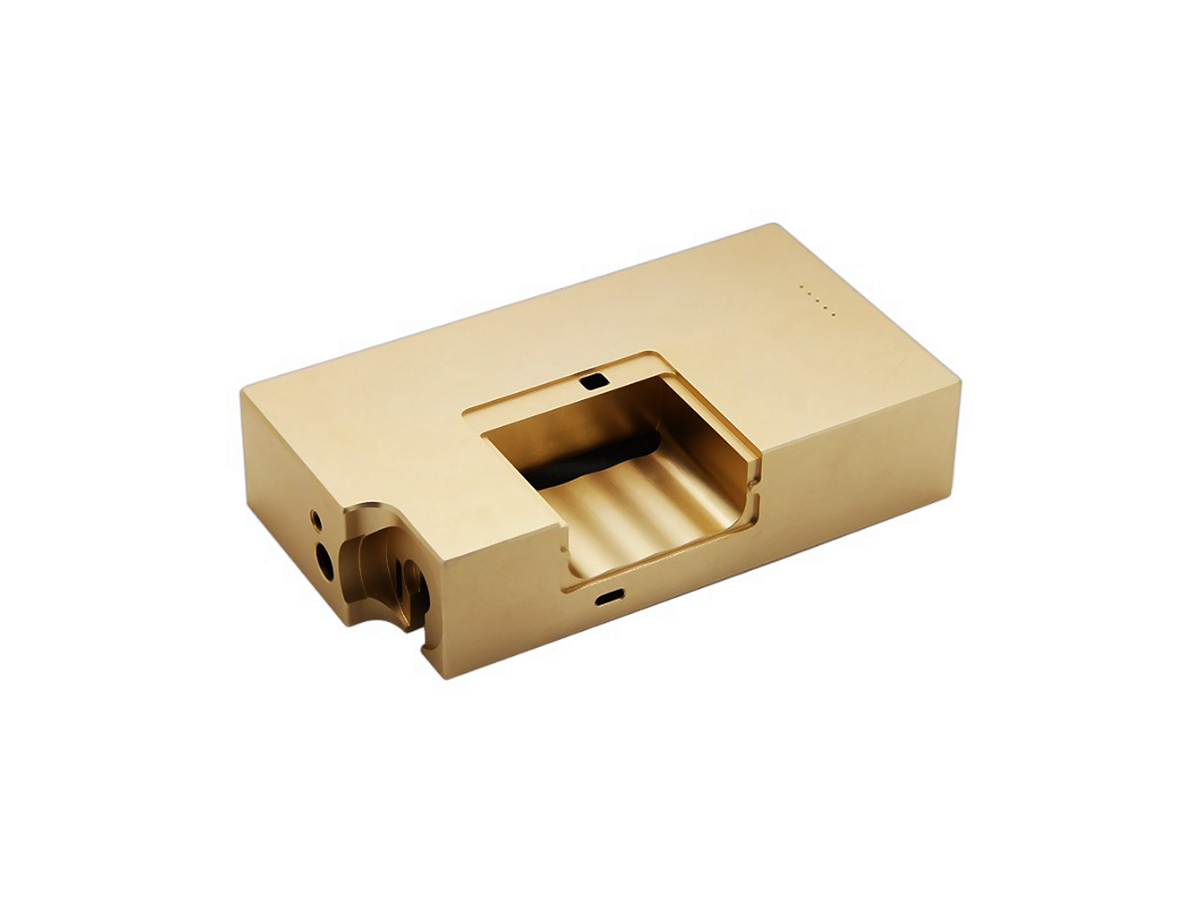Brass C270 Electrical and Consumer Hardware Components CNC Machining Service
Introduction
The electrical and consumer hardware industries require durable, reliable, and aesthetically appealing materials with excellent machinability and corrosion resistance. Brass C270, also known as cartridge brass, is preferred for these applications due to its superior formability, moderate strength, excellent corrosion resistance, and attractive appearance. Its versatility makes it ideal for electrical connectors, terminals, consumer hardware fittings, decorative fixtures, and precision mechanical components.
Utilizing advanced CNC machining, manufacturers achieve precise dimensions, tight tolerances, and excellent surface finishes on Brass C270 components. CNC machining guarantees consistent quality, improves production efficiency, and delivers durable components suitable for diverse electrical and consumer hardware applications.
Brass C270 for Electrical and Consumer Hardware Applications
Material Performance Comparison
Material | Tensile Strength (MPa) | Yield Strength (MPa) | Electrical Conductivity (%IACS) | Typical Applications | Advantage |
|---|---|---|---|---|---|
350-400 | 100-140 | 28 | Electrical connectors, decorative hardware | Excellent formability, corrosion resistance | |
310-400 | 130-200 | 26 | Automotive terminals, electrical fittings | Exceptional machinability | |
220-310 | 70-220 | 101 | Electrical busbars, contacts | Outstanding electrical conductivity | |
450-520 | 270-350 | 15 | Springs, connectors | High strength, fatigue resistance |
Material Selection Strategy
Selecting brass alloys for electrical and consumer hardware components involves evaluating strength, formability, corrosion resistance, and conductivity:
Electrical connectors, decorative fixtures, and consumer hardware requiring excellent formability, moderate strength (350-400 MPa), and attractive finishes significantly benefit from Brass C270, ensuring durability and aesthetic quality.
Automotive terminals, electrical fittings, and components requiring superior machinability and moderate strength (310-400 MPa) typically choose Brass C385, balancing efficient machining with reliable performance.
Components such as electrical busbars, terminals, and contacts needing exceptional electrical conductivity (101% IACS) prefer Copper C110 (TU0), maximizing electrical efficiency and reliability.
Springs, connectors, and hardware parts demanding high mechanical strength (up to 520 MPa) and superior fatigue resistance select Copper C510 Phosphor Bronze, providing exceptional long-term durability under stress.
CNC Machining Processes
Process Performance Comparison
CNC Machining Technology | Dimensional Accuracy (mm) | Surface Roughness (Ra μm) | Typical Applications | Key Advantages |
|---|---|---|---|---|
±0.01-0.02 | 0.8-1.6 | Connectors, pins, terminals | High accuracy, ideal for cylindrical parts | |
±0.005-0.02 | 0.4-1.6 | Precision brackets, complex fittings | Flexible machining capability, intricate geometry | |
±0.01-0.03 | 1.6-3.2 | Mounting holes, threaded holes | Quick processing, accurate hole positioning | |
±0.003-0.01 | 0.2-0.6 | High-precision surfaces, mating parts | Superior precision, excellent surface finishes |
Process Selection Strategy
Selecting CNC machining methods for Brass C270 components depends on complexity, dimensional tolerances, and functional requirements:
Connectors, pins, terminals, and cylindrical components requiring moderate accuracy (±0.01-0.02 mm) efficiently use CNC Turning, providing rapid machining of rotational geometry.
Precision brackets, complex fittings, and intricate shapes demanding high accuracy (±0.005-0.02 mm) benefit greatly from CNC Milling, enabling precise and detailed component production.
Mounting holes, threaded fittings, and straightforward hole drilling applications needing quick, reliable accuracy (±0.01-0.03 mm) utilize CNC Drilling, effectively reducing machining cycle times.
High-precision surfaces, mating components, and parts needing extremely tight tolerances (±0.003-0.01 mm) and fine surface finishes (Ra ≤0.6 μm) significantly benefit from CNC Grinding, maximizing precision and performance.
Surface Treatment
Surface Treatment Performance
Treatment Method | Corrosion Resistance | Electrical Performance | Max Operating Temp (°C) | Typical Applications | Key Features |
|---|---|---|---|---|---|
Electroplating (Nickel, Gold) | Exceptional (≥1000 hrs ASTM B117) | Excellent conductivity | Up to 250 | Electrical connectors, decorative hardware | Enhanced conductivity, corrosion protection |
Excellent (~900 hrs ASTM B117) | Maintains conductivity | Up to 300 | Precision consumer fittings, terminals | Smooth finish, aesthetic quality | |
Excellent (≥1000 hrs ASTM B117) | Maintains conductivity | Up to 200 | Internal electrical parts, fittings | Surface purity, corrosion resistance | |
Very Good (≥800 hrs ASTM B117) | Slightly reduced | Up to 120 | External decorative fixtures, hardware | Attractive appearance, corrosion resistance |
Surface Treatment Selection
Surface treatments for Brass C270 components depend on corrosion protection, conductivity, and aesthetic appearance:
Electrical connectors and premium decorative hardware significantly benefit from Nickel or Gold Electroplating, improving electrical performance and corrosion resistance.
Precision consumer fittings and electrical terminals need smooth, attractive finishes, and Electropolishing is preferred, enhancing both appearance and corrosion protection.
Internal electrical components, fittings, and hardware parts exposed to corrosive environments utilize Passivation, ensuring long-lasting surface purity and protection.
External decorative fixtures and consumer hardware requiring aesthetic quality and moderate corrosion resistance employ Clear Protective Coating, effectively balancing appearance and component durability.
Quality Control
Quality Control Procedures
Precise dimensional inspection using Coordinate Measuring Machines (CMM) and optical comparators.
Surface roughness testing with precision profilometers.
Mechanical property tests (tensile, hardness) per ASTM standards.
Electrical conductivity verification according to ASTM standards.
Corrosion resistance testing through ASTM B117 (Salt Spray Test).
Non-destructive testing (NDT), including ultrasonic and radiographic inspections.
Detailed documentation complies with ISO 9001 and relevant electrical and consumer hardware industry standards.
Industry Applications
Brass C270 Electrical and Hardware Component Applications
Electrical connectors and terminals.
Decorative consumer hardware and fixtures.
Precision mechanical fittings and components.
Consumer electronic hardware and fasteners.
Related FAQs:
Why is Brass C270 ideal for electrical and consumer hardware applications?
How does CNC machining enhance Brass C270 component quality?
Which electrical and consumer hardware parts benefit most from Brass C270?
What surface treatments are suitable for Brass C270 components?
What quality standards apply to CNC machining Brass C270 components?

